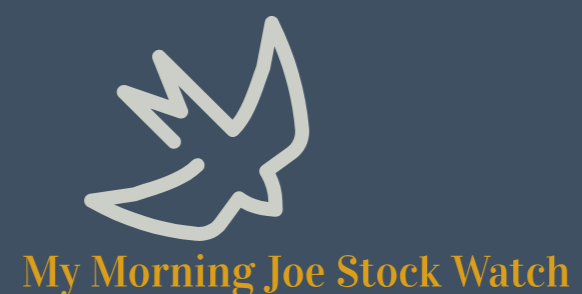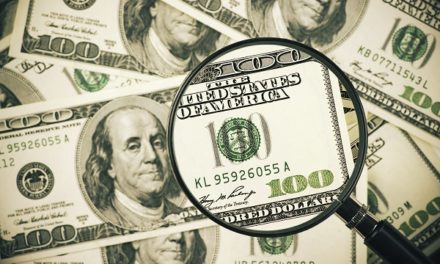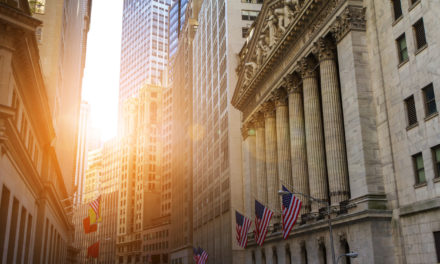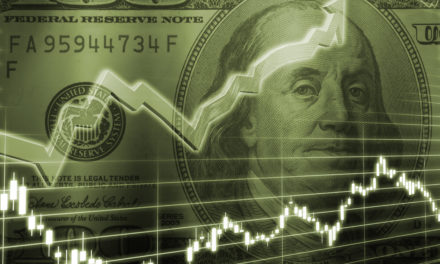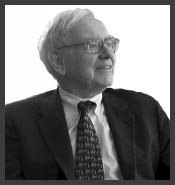
“Someone’s sitting in the shade today because someone planted a tree a long time ago.”
— Warren Buffett
Investors can learn a lot from Warren Buffett, whose above quote teaches the importance of thinking about investment time horizon, and asking ourselves before buying any given stock: can we envision holding onto it for years — even a two-decade holding period possibly?
Suppose a “buy-and-hold” investor was considering an investment into Applied Materials, Inc. (NASD: AMAT) back in 2005: back then, such an investor may have been pondering this very same question. Had they answered “yes” to a full two-decade investment time horizon and then actually held for these past 20 years, here’s how that investment would have turned out.
| Start date: | 01/07/2005 |
|
|||
| End date: | 01/06/2025 | ||||
| Start price/share: | $16.15 | ||||
| End price/share: | $177.48 | ||||
| Starting shares: | 619.20 | ||||
| Ending shares: | 838.94 | ||||
| Dividends reinvested/share: | $10.91 | ||||
| Total return: | 1,388.94% | ||||
| Average annual return: | 14.45% | ||||
| Starting investment: | $10,000.00 | ||||
| Ending investment: | $148,921.81 | ||||
As shown above, the two-decade investment result worked out quite well, with an annualized rate of return of 14.45%. This would have turned a $10K investment made 20 years ago into $148,921.81 today (as of 01/06/2025). On a total return basis, that’s a result of 1,388.94% (something to think about: how might AMAT shares perform over the next 20 years?). [These numbers were computed with the Dividend Channel DRIP Returns Calculator.]
Notice that Applied Materials, Inc. paid investors a total of $10.91/share in dividends over the 20 holding period, marking a second component of the total return beyond share price change alone. Much like watering a tree, reinvesting dividends can help an investment to grow over time — for the above calculations we assume dividend reinvestment (and for this exercise the closing price on ex-date is used for the reinvestment of a given dividend).
Based upon the most recent annualized dividend rate of 1.6/share, we calculate that AMAT has a current yield of approximately 0.90%. Another interesting datapoint we can examine is ‘yield on cost’ — in other words, we can express the current annualized dividend of 1.6 against the original $16.15/share purchase price. This works out to a yield on cost of 5.57%.
Another great investment quote to think about:
“The key to investing is not assessing how much an industry is going to affect society, or how much it will grow, but rather determining the competitive advantage of any given company and, above all, the durability of that advantage.” — Warren Buffett
